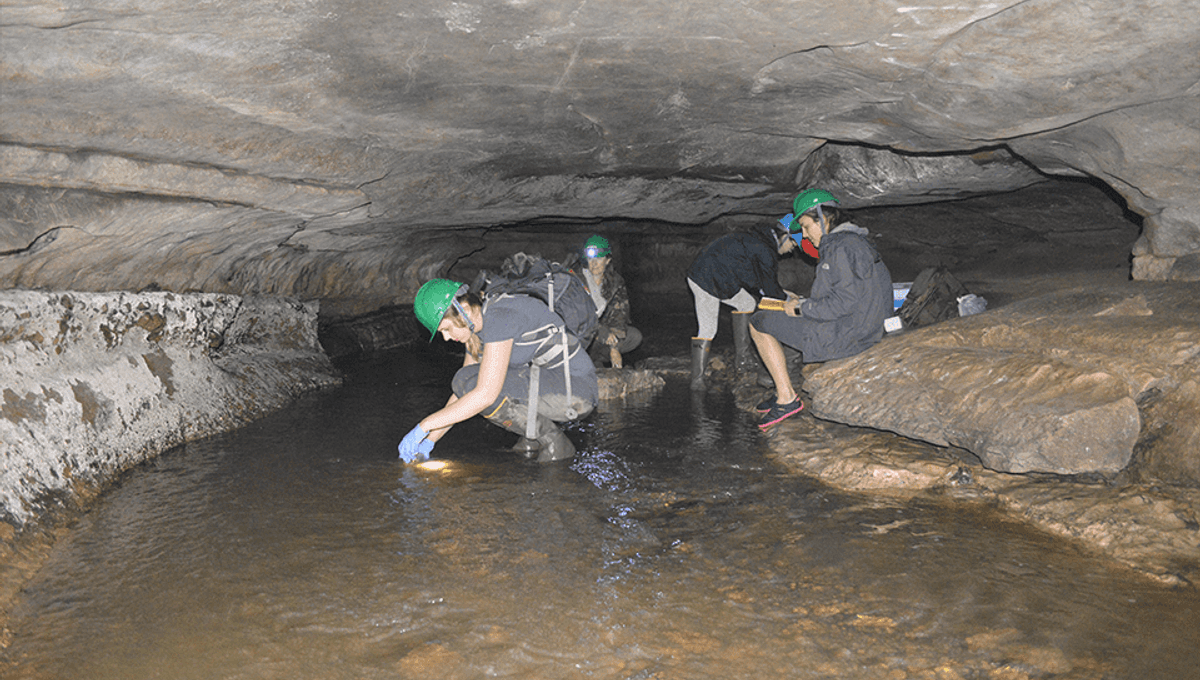In a secluded underground system that has been off-limits to visitors for the past 30 years, scientists have unearthed a worrying finding. Cliff Cave, which is located in Saint Louis County, Missouri, was the site of worrying microplastic quantities discovered by researchers. This finding shows the persistent existence of microplastics in the environment and gives light on how these plastic particles spread, as described in two recent study publications published in Science of the Total Environment and Water study.
Microplastics, which can be found in both aquatic and terrestrial habitats, are little pieces of plastic garbage that are typically smaller than 5 millimeters in length. They can come from a variety of places, including as the breakdown of plastic bags and synthetic fibers, cosmetic microbeads, and other plastic items.
There is still much to learn about the effects of microplastics, which are a growing environmental problem. Due to the obvious plastic pollution, surface water environments—particularly the ocean—were the primary focus of early microplastics study. However, research on microplastic contamination in underground habitats, such as caves and groundwater, has been very limited.
The team of researchers has been examining the occurrence and movement of microplastics in subterranean ecosystems under the direction of Elizabeth Hasenmueller, Ph.D., an associate professor of Earth and Atmospheric Sciences at Saint Louis University. Their most recent studies focused on determining the degree of microplastic contamination in Cliff Cave and comprehending how these particles migrate throughout the cave system, particularly during floods.
During their exploration, the researchers discovered microplastics throughout the cave, with the highest concentrations near the cave’s entrance. Floodwaters were identified as a key vehicle for introducing microplastics into the cave. These particles, once deposited into the sediment during flooding, could remain trapped for extended periods.
Although the precise effects of microplastics on Cliff Cave’s ecology are still not fully known, it is clear that these materials can disturb sensitive subsurface habitats and endanger the wide variety of animals that call these places home.
The researchers stress the need of individual and societal initiatives to reduce microplastic pollution in response to this urgent problem. They recommend cutting back on the consumption and manufacture of plastic in general as well as the use of synthetic textiles. To protect these delicate ecosystems from emerging contaminants like microplastics, they also advocate for greater research to evaluate the scope of microplastic pollution and its consequences on distinct subsurface habitats.

